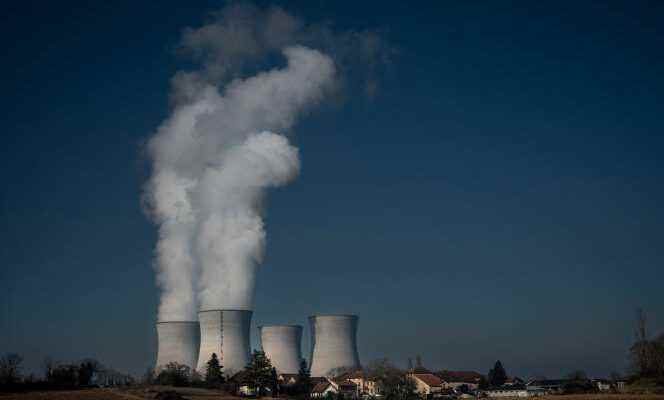In the enchanting site of the Gorges du Verdon, tourists are not the only ones, this year, to worry about the drop in the level of the lakes. The exceptionally dry spring and low snowpack in the Alps this winter did not allow sufficient water levels to be brought in, impacting all activities, including hydroelectricity. The factories of EDF, the leading producer in France, which controls the dams located upstream of the gorges, have been strongly constrained in recent months to promote the filling of the reservoirs, in order to maintain other uses. Since the beginning of the year, on these infrastructures, production has been reduced by 60%.
A critical situation, which requires constant monitoring of the weather and the flow of streams, rivers and rivers. “Our forecasts are updated every fortnight in the spring, every week if the situation is changing rapidly”, we are assured within the energy company, which welcomes this preventive management. Thanks to this monitoring, “the reservoirs of [ses] dams reached, on July 7, a filling rate in volume of 73%, i.e. 6 points below the historical average”. At that date, in the Southern Alps, for example, this level was 22 points below its historical average.
Particularly alarming in this region, this tension on water is reflected in the national figures for the supply of electricity. That of EDF thus fell by 33.4% (2.8 terawatt hours, TWh) in June, compared to the same period of 2021. That of the Compagnie nationale du Rhône (CNR) is also affected. In the first half of the year, the concessionaire of the river, and second national producer of hydroelectricity, cashed a drop of 25% of its production compared to the historical average.
Legal temperature limits exceeded
Added to these voltages are those of nuclear power plants. As a sign of the times, the manager of the Electricity Transmission Network (RTE) submitted a request for exemption to the Nuclear Safety Authority (ASN) on July 13, which the latter accepted, in order to continue the operation of three generating stations, even if the temperature of the waterways they border exceeds the legal limits. This request comes at a time when twenty-nine out of fifty-six reactors are already unavailable for various reasons. The waiver runs until July 24.
“The electricity transmission network manager considers that maintaining a minimum power of nuclear power plants in Blayais [Gironde]from Golfech [Tarn-et-Garonne] and Saint Alban [Isère] is essential for the security of the electrical network. On this basis, the Ministry of Energy Transition considers that this constitutes a public necessity”, confirmed the ASN, Friday July 15, in a press release. To these power stations has been added a fourth, since Sunday July 17, that of Bugey, in Ain. “The reactors of the Bugey nuclear power plant, discharging effluents into the Rhône, may, during the fixed period (…)continue to practice these discharges, as long as the heating after mixing of the effluents in the Rhône (…) does not exceed 3°C in average daily value”specifies the decree of Sunday.
You have 36.4% of this article left to read. The following is for subscribers only.
